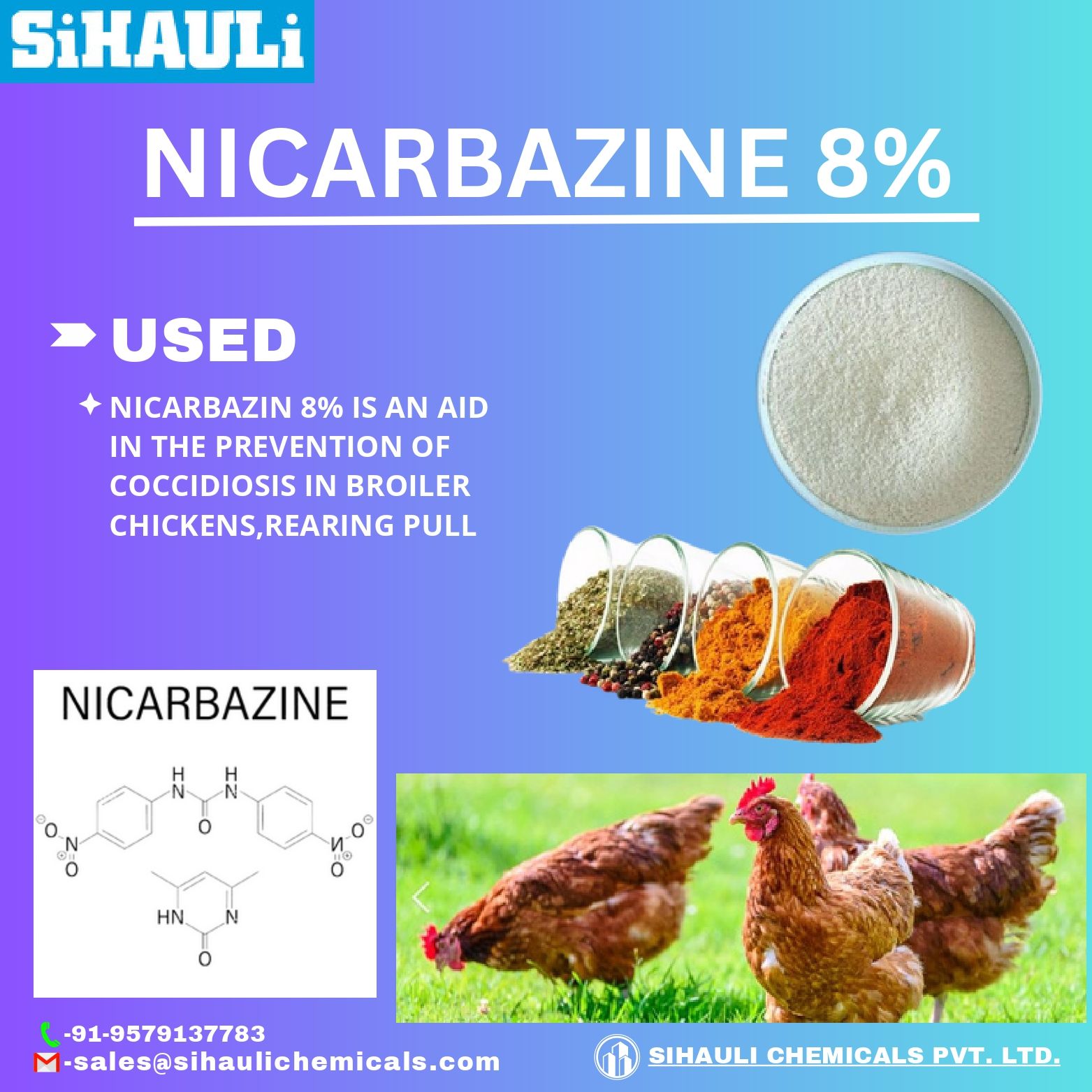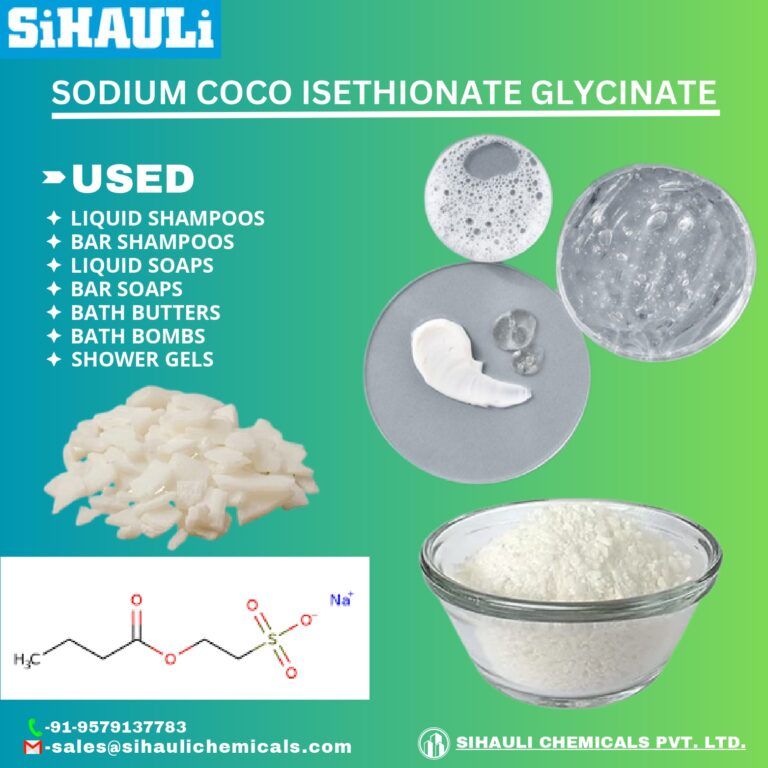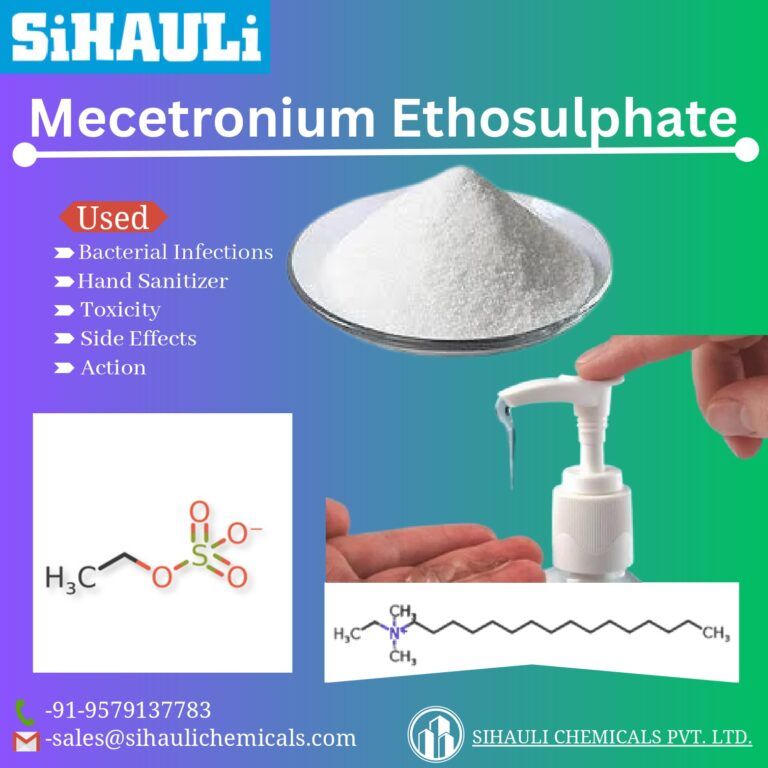NICARBAZIN 8% is an aid in the prevention of coccidiosis in broiler chickens,rearing pullets and turkeys caused by Eimeria tenella, E.acervulina, E. maxima, E. necatrix, E. brunetti, E. mitis and E. praecox in chickens for fattening and E. meleagrimitis, E. adenoeides, E. gallopavonis, E. meleagridis and E.dispersa
Nicarbazin (C19H18N6O6), a complex of two compounds, 4,4′-dinitrocarbanilide (DNC) and 4,6-dimethyl-2-pyrimidinol (HDP) is an effective drug for preventing intestinal and caecal coccidiosis in poultry. It is used for the prevention rather than the treatment of disease.Nicarbazin (introduced in 1955) was the first agent with “broad‐spectrum” activity against Eimeria spp. of chickens; it is an equimolar complex of dinitrocarbanilide and dimethylpyrimidinol and still used as a single agent or in combination with polyether antibiotics (narasin, or maduramicin), roxarsone, or antibiotics (lincomycin, bacitracin,flavomycin) for prevention and control of coccidiosis caused by Eimeria spp. (all relevant species) in broiler chickens; there may be problems with side effects occurring during summer; it can cause increased sensitivity to heat stress, which may result in growth depression and even mortality in broilers; death may be due to cell degeneration processes in liver and kidneys; at recommended dose, the drug causes occasionally toxic effects in laying hens like reduced hatchability and interruption of egg laying; Nicarbazin interferes with the formation of the vitelline membrane, separating the egg yolk and egg white. The exact mode of action is unknown, although it is thought nicarbazin interferes with cholesterol metabolism in the formation of the membrane. Eggs from treated birds are described as mottled in appearance, reflecting a porous vitelline membrane. The effect on hatchability is a function of time and dose and the effect is reversible. |




